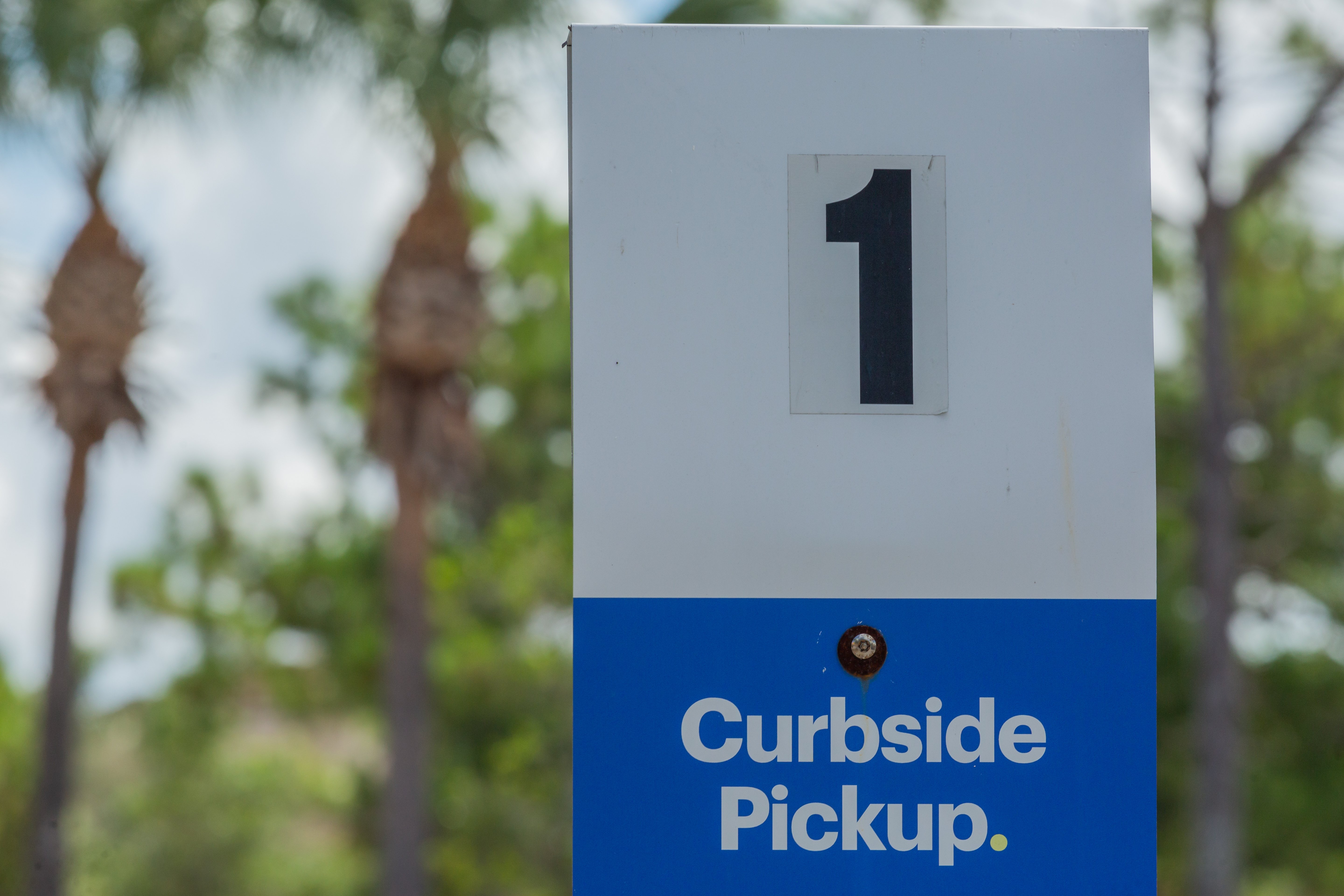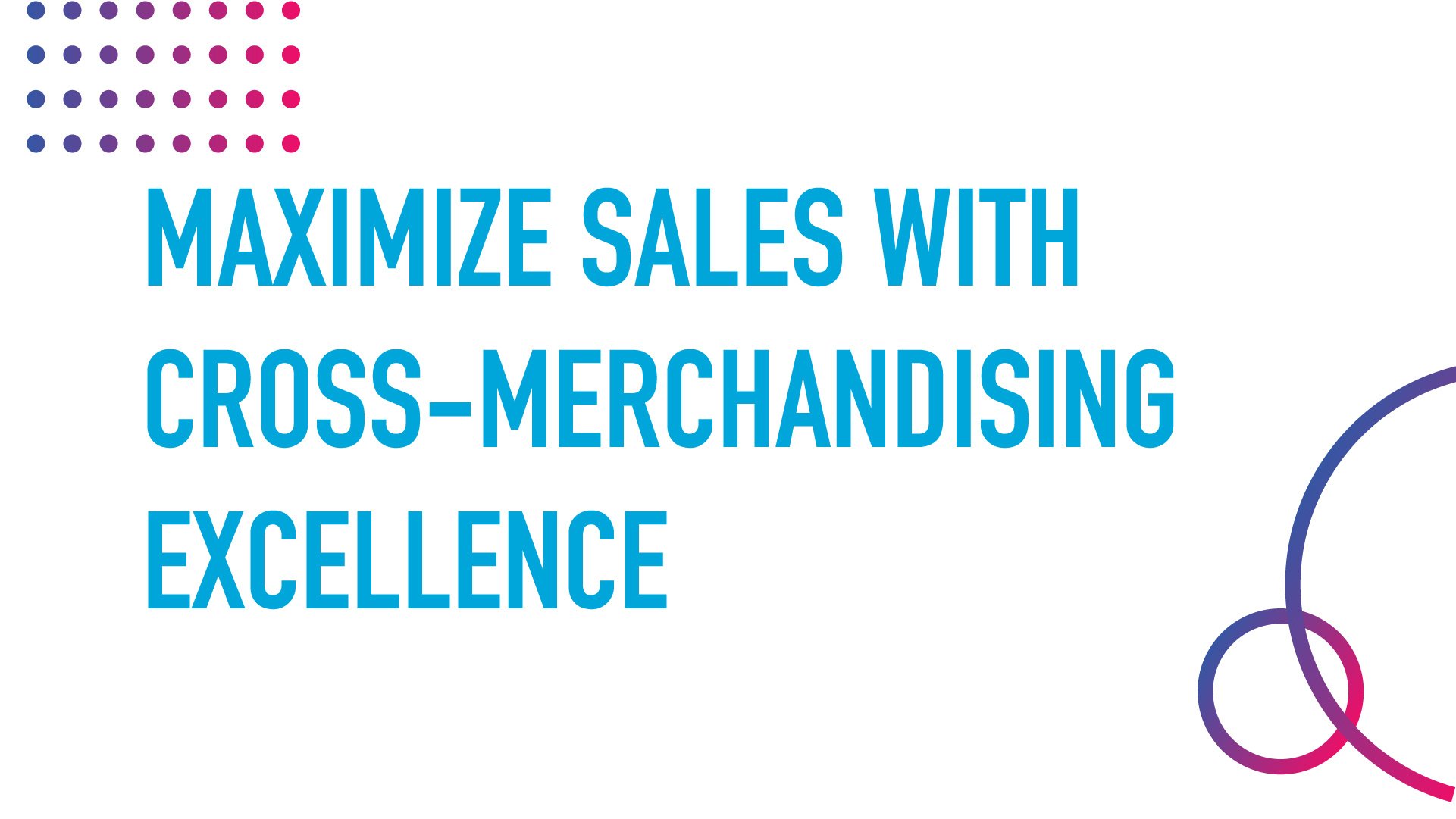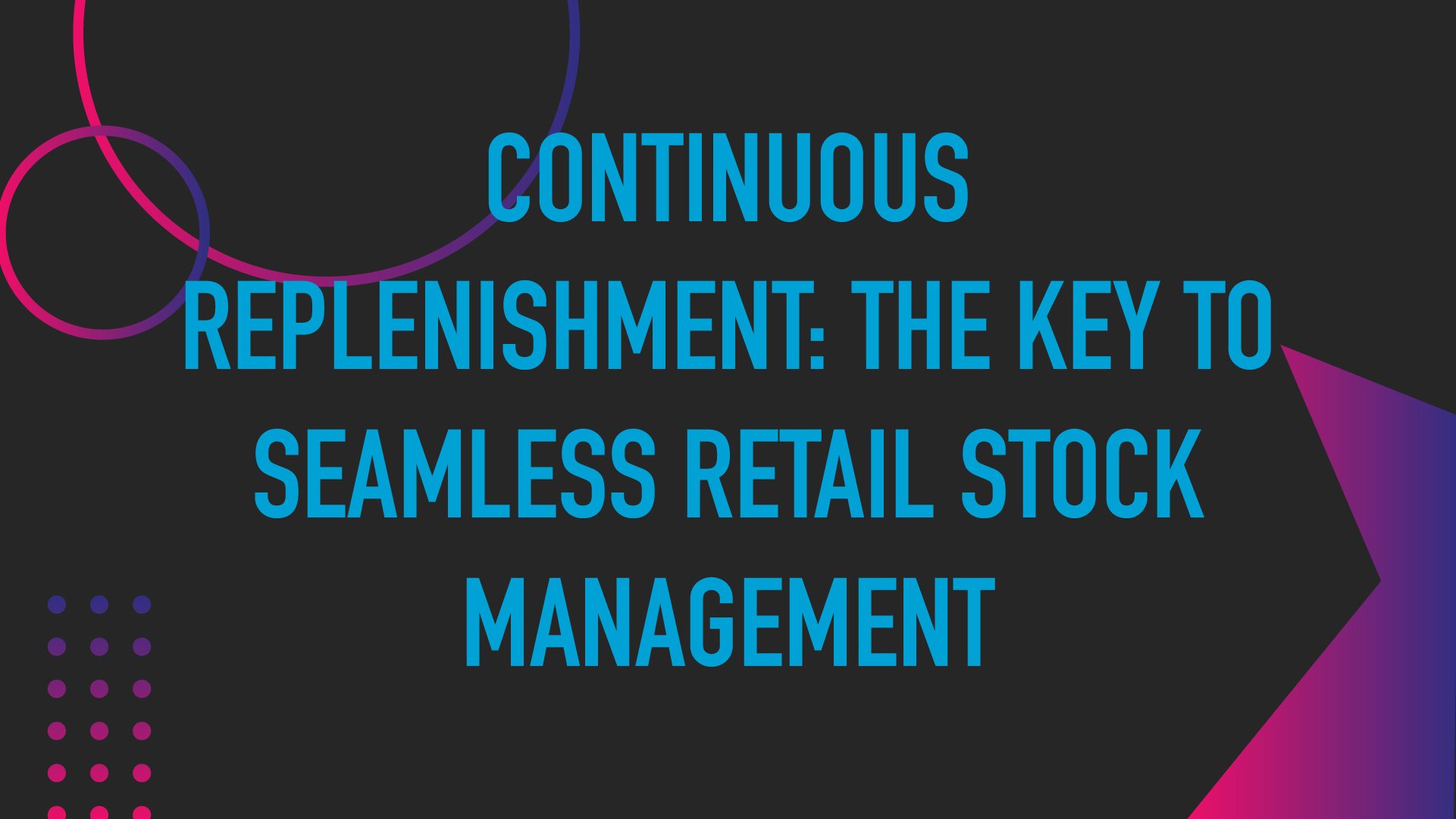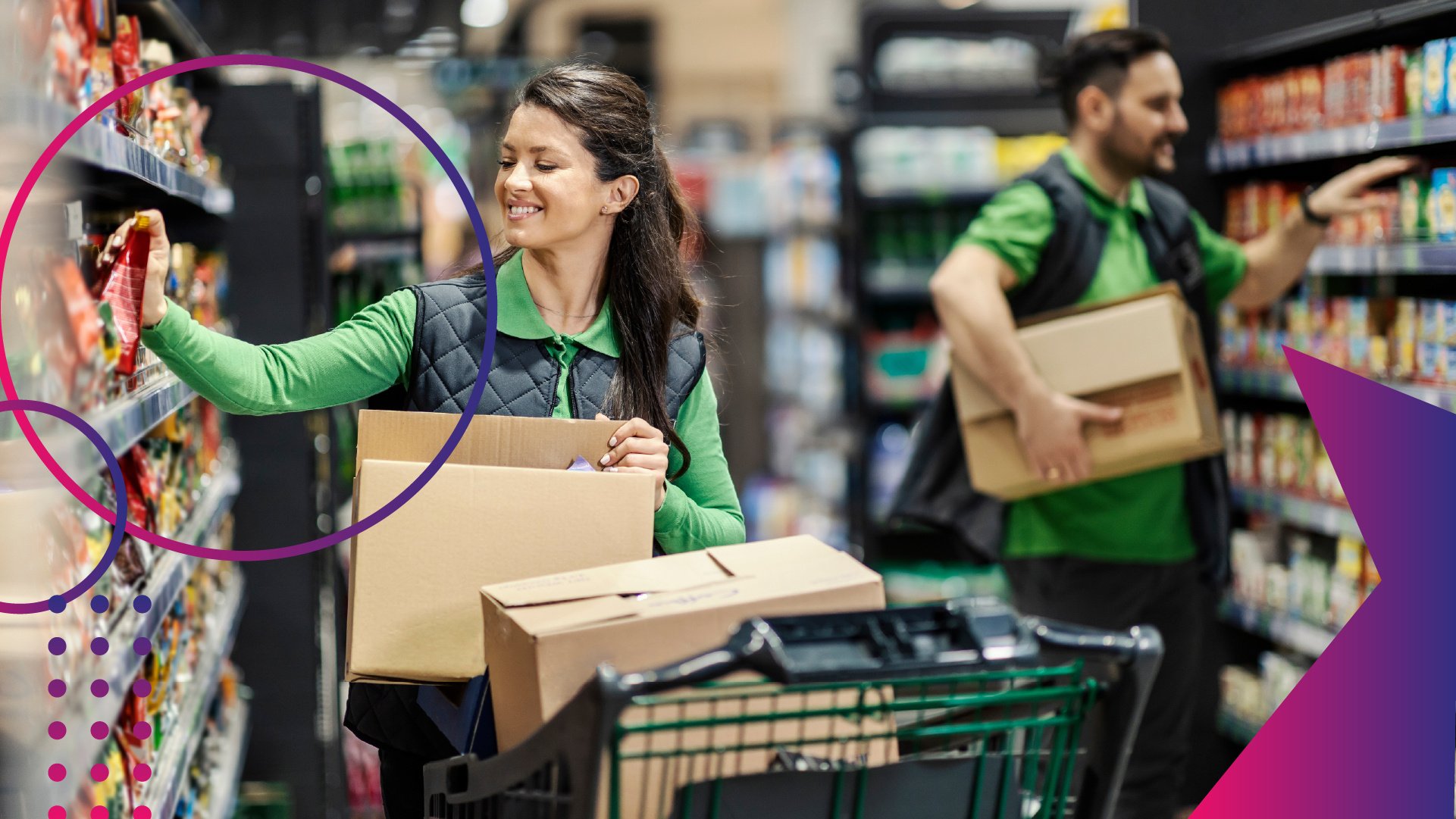Is Curbside Pickup Here to Stay? Exploring the Practicality and Convenience of this Growing Trend

The Rise of Curbside Pickup and its Competition with traditional SHipping & Delivery
The COVID-19 pandemic transformed how shoppers interact with retailers. One of the most significant changes in consumer behavior has been the accelerated adoption of omnichannel shopping mediums, particularly curbside pickup.
Originally a pandemic solution for contactless delivery, curbside pickup has since grown to be much more. It offers customers the convenience of shopping for products online without the wait-time of traditional ship-to-home e-commerce and long checkout lines. It melds together the best of both worlds (digital and physical retail) and seeks to streamline the shopping experience.
The competition between curbside pickup and traditional shipping and delivery is becoming more pronounced as retailers strive to meet evolving customer demands. While traditional shipping methods have long been relied upon for delivering goods directly to customers' doorsteps, curbside pickup offers an alternative that eliminates the need for delivery personnel or waiting for packages at home.
The Benefits and Drawbacks of Curbside Pickup: ExamINING ITS PRACTICALITY FOR CONSumers
Curbside pickup has become an increasingly popular option for consumers, offering a range of benefits – but not without its drawbacks. Curbside pickup provides a practical solution for social distancing, but it also offers benefits such as reduced wait times, increased flexibility, and enhanced customer satisfaction. Understanding the practicality of this service is crucial in determining whether it is the right choice for you.
One of the benefits of curbside pickup is its convenience factor. Consumers can place their orders online and have them ready for pickup without leaving their vehicles, saving them valuable time by eliminating the need to navigate crowded or unfamiliar stores or even wait in long checkout lines.
Accessibility is another advantage of curbside pickup. It caters to individuals with mobility challenges or those who may not have easy access to physical stores. This service ensures everyone can conveniently shop for their desired products without limitations.
However, there are also drawbacks to consider. One notable disadvantage is the inability to browse and physically examine items before purchasing. Unlike traditional shopping experiences, consumers relying on curbside pickup must rely solely on product descriptions and images provided online.
Additionally, the inability to hand-select items may lead to dissatisfaction if specific preferences are unmet. For example, customers may receive substitutes or replacements that do not align with their initial choices. This lack of control over product selection can frustrate some individuals who prefer a hands-on shopping experience.
Is Curbside Gaining or Losing TRACTION?
Curbside pickup has emerged as a game-changer in the retail industry, providing convenience and safety to consumers. As companies navigate the challenges of evolving consumer preferences, it is crucial to analyze whether this trend is gaining or losing traction.
In recent years, curbside pickup has witnessed a significant surge in popularity. With the implementation of technology and mobile apps, consumers increasingly embrace this contactless shopping option. The COVID-19 pandemic further accelerated its adoption as people sought safer alternatives to traditional in-store experiences.
Market analysis reveals that curbside pickup has become a key differentiator for retailers, attracting customers who prioritize convenience and time-saving measures. Many businesses have reported increased customer satisfaction and loyalty due to implementing curbside pickup services.
However, it is important to consider various factors that may impact the future trajectory of this trend. As restrictions eased, consumer preferences have shifted back towards traditional shopping methods. Additionally, emerging delivery options such as same-day delivery or drone deliveries could challenge the dominance of curbside pickup.
Despite these potential challenges, it is evident that curbside pickup has carved a permanent place in the retail landscape. Its growing popularity signifies its ability to meet evolving consumer demands for convenience and safety. Retailers must monitor market trends closely and adapt their strategies to stay ahead of the curve.
Curbside Pickup vs Shopping/Delivery: A Comparison of Convenience and Cost-Effectiveness
While there may be fluctuations in its trajectory, curbside pickup remains a significant force within the retail industry. Its continued growth will depend on retailers' ability to innovate and provide seamless experiences that cater to evolving consumer preferences. However, the choice between curbside pickup and shipping/delivery depends heavily on the ease of use, flexibility, and overall satisfaction levels associated with these two methods.
Curbside pickup offers a unique advantage in terms of speed of service. Customers can simply order online and pick it up at a designated location without waiting for shipping or delivery. This method provides a faster turnaround time than shipping/delivery, making it ideal for those who need their items urgently.
Furthermore, curbside pickup offers a more seamless and convenient process for customers. They can choose a convenient time for pickup and avoid the hassle of waiting at home for a delivery. With curbside pickup, customers have control over when they receive their items, allowing them to plan their day more efficiently.
On the other hand, shipping/delivery provides flexibility for customers unable or unavailable to pick up their orders. It eliminates the need for them to go out of their way to retrieve their items, making it particularly beneficial for those with busy schedules or limited mobility.
Customer satisfaction also plays a vital role in determining which method consumers prefer. While both curbside pickup and shipping/delivery offer convenience, customer satisfaction levels may vary depending on individual preferences. Some customers may value the immediacy of curbside pickup, while others appreciate the convenience of having items delivered directly to their doorstep.
Overall, both methods have advantages depending on individual needs and preferences when comparing curbside pickup and shipping/delivery in terms of ease of use, flexibility, and overall satisfaction levels. Curbside pickup offers faster turnaround times and allows customers more control over when they receive their items. On the other hand, shipping/delivery provides flexibility for those unable to pick up their orders. Ultimately, the choice between each method depends on what each customer values most - speed or convenience.
The Future of Curbside Pickup: Will it Remain a Key Retail Strategy?
The pandemic has accelerated the adoption of curbside pickup as consumers prioritize safety and convenience. Retailers have quickly adapted their operations to incorporate this service, implementing streamlined processes to ensure smooth transactions. As a result, curbside pickup has become an integral part of the omnichannel shopping experience.
As consumer preferences and technological advancements evolve, it is natural to wonder about the long-term viability of curbside pickup services. The future of curbside pickup holds immense potential for retailers. With the increasing demand for contactless experiences and the rise of e-commerce, consumers are embracing the convenience and safety that curbside pickup offers.
One of the main factors contributing to its sustained success is technology. As retailers invest in innovative solutions such as automated systems and algorithms to streamline the curbside pickup process, they enhance efficiency and customer satisfaction by reducing wait times and ensuring accurate order fulfillment.
Furthermore, as sustainability continues to be a pressing concern, curbside pickup aligns with eco-friendly practices. By consolidating orders into fewer trips and minimizing packaging waste associated with home deliveries, retailers can reduce their carbon footprint while meeting customer expectations.
Another aspect that solidifies the future of curbside pickup is its versatility across various industries. While initially popularized by grocery stores and restaurants, this convenient service has expanded into fashion retail, electronics, and even healthcare sectors. The ability to adapt to different business models ensures its relevance across diverse markets.
It is crucial for retailers to recognize that while consumer preferences may evolve, convenience will always remain a fundamental aspect of shopping experiences. Curbside pickup caters precisely to this need by providing a seamless blend of online ordering with efficient retrieval at physical locations.
Considering the current trends in retailing and consumer behavior along with advancements in technology, it is safe to say that curbside pickup will continue as a critical retail strategy well into the future. As businesses adapt and innovate to meet changing demands, curbside pickup will remain a reliable and convenient option for customers, solidifying its long-term viability in the ever-evolving retail landscape.
Embracing the Practicality and Convenience of Curbside
The practicality and convenience of curbside pickup cannot be overlooked in today's fast-paced world. While there may be some drawbacks, such as potential delays or limited product availability, the benefits far outweigh these concerns.
One of the key advantages of curbside pickup is its ability to meet consumer expectations for convenience and efficiency. In a world where time is of the essence, customers appreciate the option to quickly retrieve their purchases without leaving their vehicles. This saves them valuable time and eliminates the need to navigate crowded stores or wait in long queues.
Additionally, it enables retailers to maintain business continuity by diversifying their fulfillment options. The retail industry has recognized the value of curbside pickup as a way to bridge the gap between online shopping and physical stores. Many major retailers have implemented curbside pickup services as part of their omnichannel strategies, allowing customers the convenience of online shopping while still having access to immediate product availability.
Furthermore, curbside pickup has shown tremendous potential for future growth. With advancements in technology and logistics, retailers have streamlined the process and offered more seamless experiences for their customers. As consumer demand for this service continues to rise, we can expect further innovations and improvements in curbside pickup offerings.
Curbside pickup and other omnichannel shopping mediums will continue to play an important role in meeting today's consumers' evolving needs and preferences. It provides a practical solution that caters to our fast-paced lifestyles while maintaining high levels of convenience. As retailers continue to invest in this service and refine their operations, we can anticipate even greater adoption rates and customer satisfaction in the future.
featured content
featured content

The Importance of On-Shelf Availability in Retail: Why Keeping Items Stocked is Critical for Competitiveness in 2026
Learn why on-shelf availability is critical in today's retail store environment









